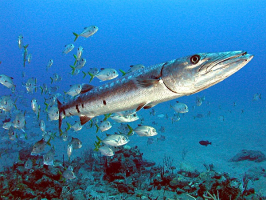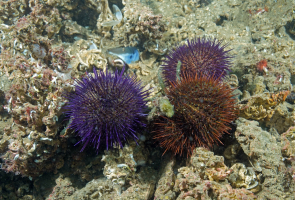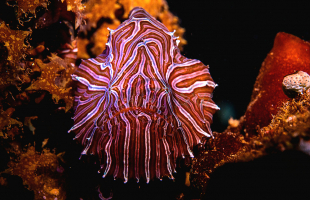Top 10 Fastest Sea Animals
The vast ocean hides many interesting secrets, the gentle sea is home to many species of fish and animals that are adapted to living conditions in the water. ... read more...Scientists from a variety of disciplines are continually doing research to learn more about the unique animals that spend their whole lives in water. You might have wondered what animal is the world's fastest swimmer or what species swims across the water the fastest. Here is a list of the fastest sea animals, let's find out!
-
Though the black marlin may outrun the sailfish in terms of speed, one fish is said to have reached 82 miles per hour. The sailfish is regarded to be the fastest animal in the ocean. This fish, which is slightly larger than the sailfish at 15 feet long, is found in the warmer regions of the Pacific and Indian oceans. It weighs 1650 pounds, which makes it much heavier.
The black marlin's dorsal fin is lower and rounder than that of the sailfish, and its bill is considerably shorter. Its speed is even more astounding because its pectoral fins are so stiff that they cannot be flattened against the sides of the fish to reduce drag. The BBC released the 82 mph speed when a fisherman successfully hooked a black marlin on a line. They assert that the fish pulled the line off a reel at a rate of 120 feet per second, indicating a speed of 82 miles per hour. However, according to recent studies, the black marlin's current speed is a disappointing 22 miles per hour. If the black marlin's record speed was a hoax or not, only time will tell.
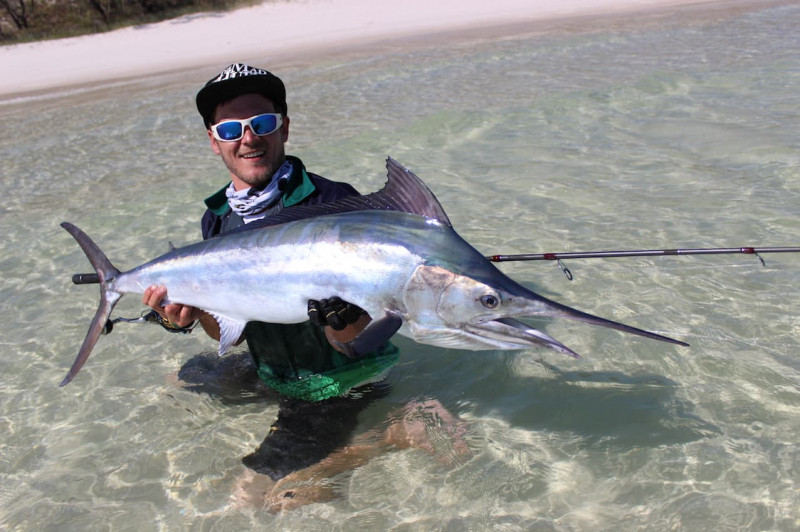
Via: Hooked Up Magazine 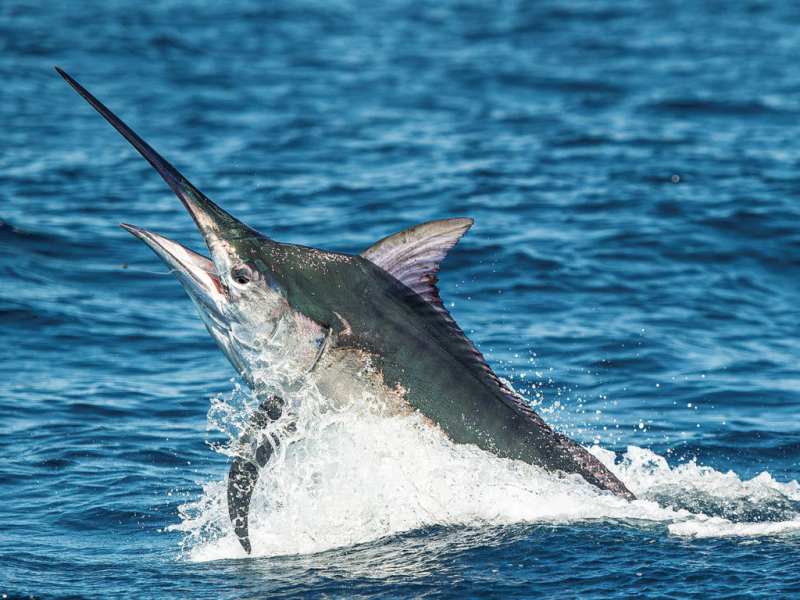
Via: Marlin Magazine -
Sailfish, another billfish, may leap out of the water or dive headfirst into a swarm of target fish at speeds of up to 68 miles per hour. This fish is smaller than the swordfish, measuring around 11 feet long and weighing only about 182 pounds on average. Its body is compressed, long, and tapering, just like the swordfish. Grown fish have rows of golden dots on their sides, and their tops are a dark blue while their bellies are silver.
The fish gets its name from its impressive dorsal fin, which is nearly as long as the animal's back. Additionally, it can be folded into a groove on the rear of the fish to increase its hydrodynamic properties, and it is only raised during times of hunting. The sailfish, which can be either "left-billed" or "right-billed", utilizes its long beak to slice at its prey.
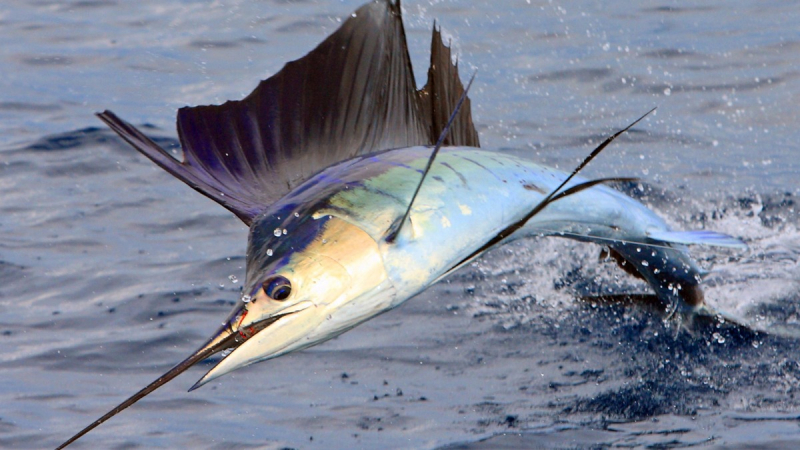
Via: Kidadl 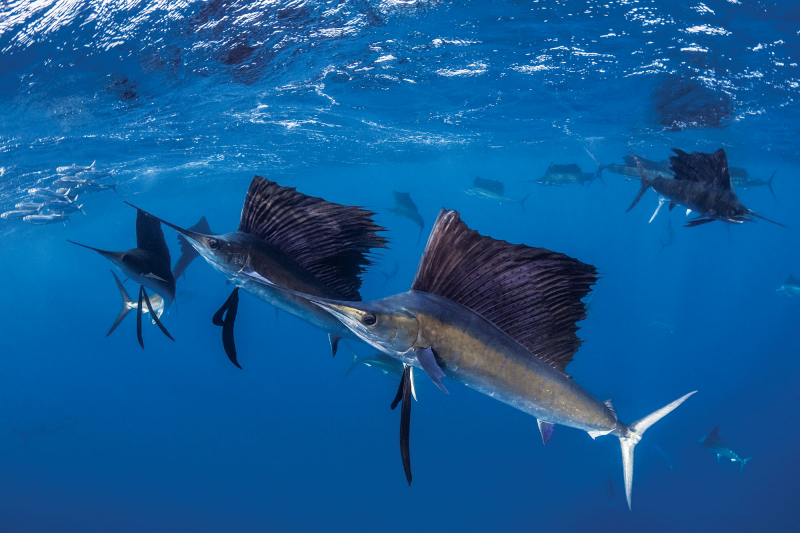
Via: iStock -
The billfish, including the Swordfish, which gets its name from its long, flattened beak, or sword, is the very fastest fish in the oceans. The swordfish is torpedo-shaped, just like its siblings, and can move through the water at up to 60 miles per hour thanks to its long, compressed body. Although swordfish are ectothermic creatures, they have specific organs that heat their eyes and brains, just like some shark species. The recorded temperatures range from 10 to 15 °C (18 to 27 °F) above the ambient water temperature. Their vision is significantly enhanced by eye heating, which also enhances their capacity to capture prey.
Swordfish may reach lengths of 15 feet and weights of 1182 pounds. The second dorsal fin is much smaller and situated quite close to the first one, which is tall and curved. It can dive as deep as 198 feet and is found in open waters and close to the coast. It can be found in the Pacific from Oregon to Chile and the Atlantic from Newfoundland to Argentina.
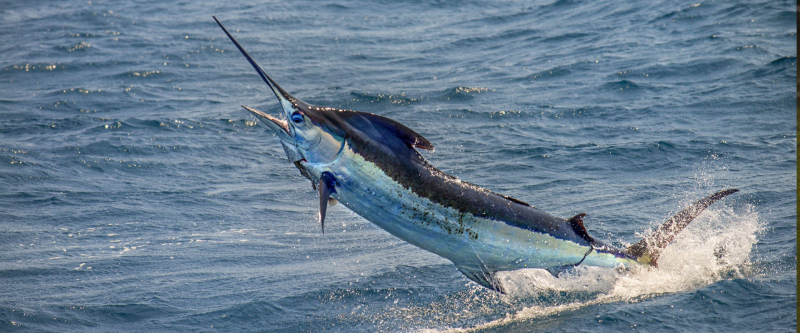
Via: Hawks Cay Resort 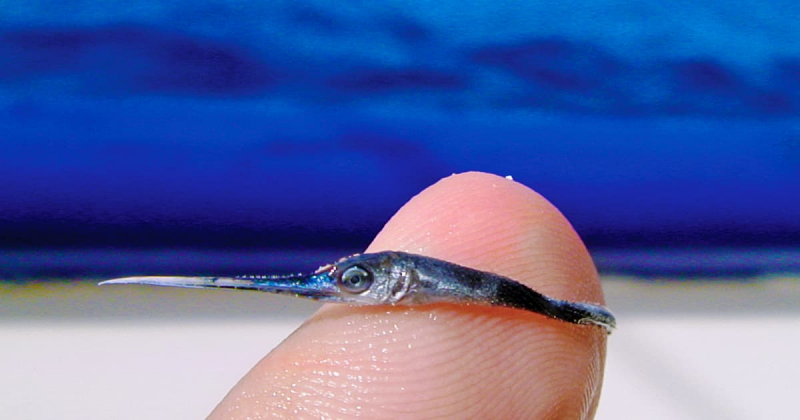
Via: Bored Panda -
The Yellowfin Tuna is warm-blooded like the bluefin, and although its circulatory system isn't as effective, it looks like it can swim even faster at 50 miles per hour. It can reach weights of more than 400 pounds and is present in warm ocean areas all throughout the planet. Along with its speed, its appearance distinguishes it. Its dorsal and second anal fins, which are both quite long, curled, and yellow and give the fish its name. Along the stem of its tail, commonly known as the caudal peduncle, it bears yellow finlets. It has a silver belly and a dark, shiny blue top. The belly is striped.
This strong fish is a long-distance swimmer in addition to being a rapid swimmer. A yellowfin tuna have been seen to swim across the ocean without stopping. Along with traveling in groups, it frequently travels with dolphins and porpoises as well as other fish. Its meat is delectable, and sport fishers have a hard time catching it. Unfortunately, this and excessive commercial fishing have put the yellowfin in danger.
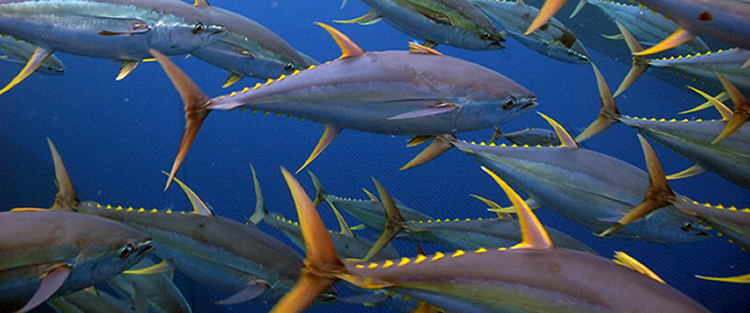
Via: GovDelivery 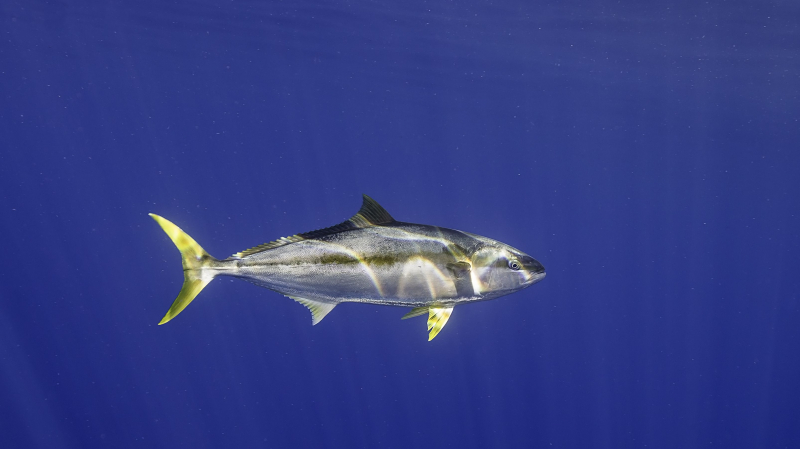
Via: ThoughtCo -
The Pilot Whale, which can reach speeds of 47 miles per hour, is basically a big dolphin, just like the killer whale. This animal, sometimes known as the blackfish, is swift and incredibly intelligent. It is well known for mysteriously washing up on beaches and is quite gregarious. Although it is captured in nets intended for commercial fish too frequently, its conservation status is of least concern.
It is a creature that can be black, dark gray, dark brown, or have a gray patch directly beneath its tiny dorsal fin. It is also well recognized for having a melon, or a big, bulbous head. The long-finned and the short-finned are the two species. The male long-finned pilot whale is roughly three feet longer than the female, with a maximum length of about 21 feet. Male short-finned pilot whales can grow to be over 3.5 tons in weight and about 24 feet long. Their speed is all the more astounding because of this.
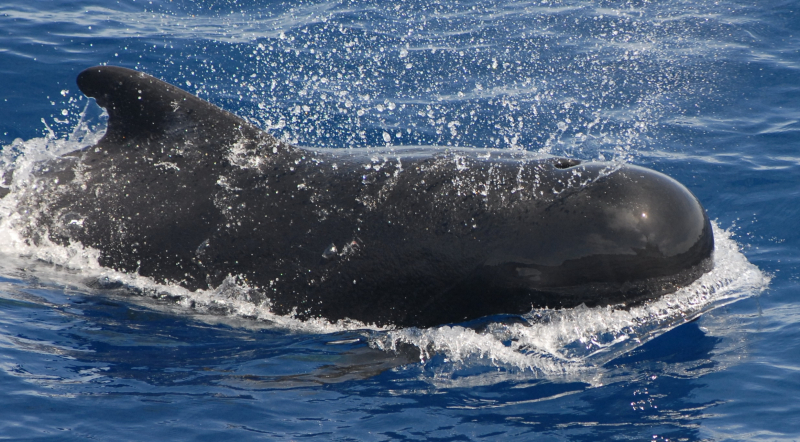
Via: Wikipedia 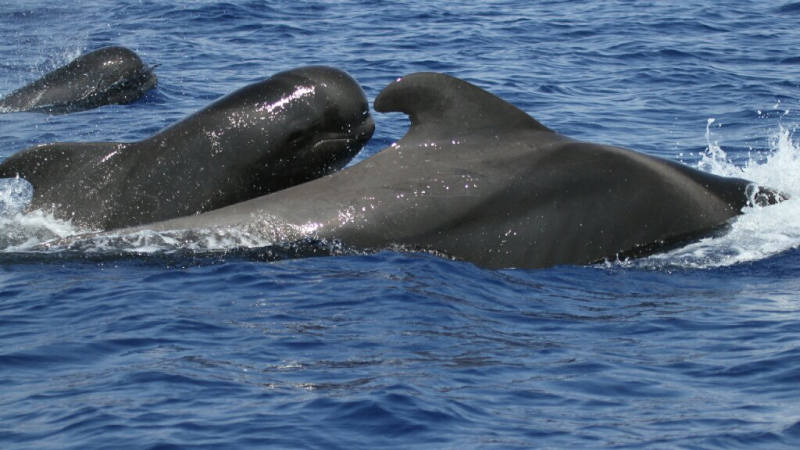
Via: Whale Watching Azores Islands -
The Atlantic Bluefin Tuna is a unique fish because it has a warm blood supply. Warm-bloodedness is a trait shared by all tuna species, but the bluefins is particularly effective. Atlantic bluefins are native to the Mediterranean Sea, the western and eastern Atlantic Oceans, and both. In the Black Sea, they have vanished. The Pacific bluefin tuna and the southern bluefin tuna, the other two species of bluefin tuna, are closely related to the Atlantic bluefin tuna. The fish's speed can undoubtedly be attributed to this, among other things. 43 miles per hour has been recorded for the bluefin.
Although the longest bluefin was 12 feet long and about 1500 pounds in weight, they can grow to be between 6.6 and 8.2 feet long and weigh between 496 and 551 pounds. It is a strong fish that can battle for days and have a lifespan of 50 years. A bluefin tuna female can lay 30 million eggs at once. Still, this fecundity hasn’t made up for the fact that the bluefin has been overfished and is now endangered globally.
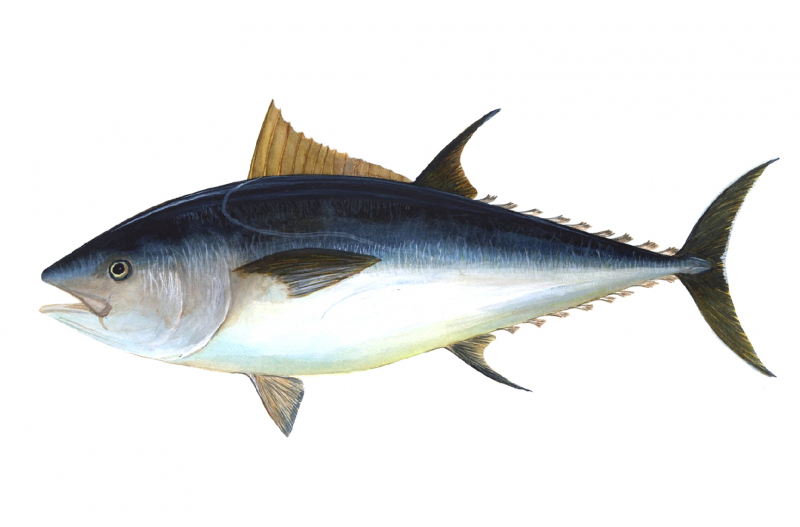
Via: Wikipedia 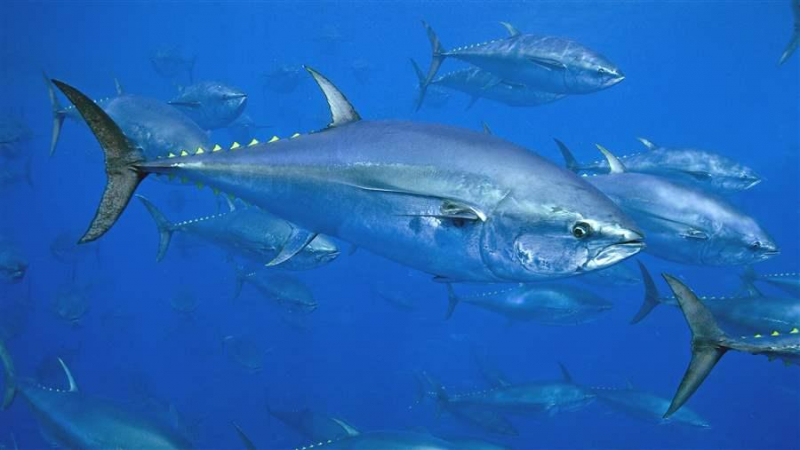
Via: BioExpedition -
In the family Scombridae, which it shares with the mackerel, tuna, and Spanish mackerel tribes, as well as the butterfly kingfish, are the medium-sized, ray-finned predatory fish known as Bonitos. It is also known as the Sardinian tribe and consists of eight species in four genera, with three of those taxa having only one species each. Bonitos resemble skipjack tuna very much.
They can reach speeds of 40 miles per hour when swimming. It can be discovered close to the coast and at the sea's surface in temperate and tropical waters. It is a migratory fish that can occasionally be found as far south as Argentina and ranges from Nova Scotia to Florida and the Gulf of Mexico. The meat of Pacific and Atlantic bonito is firm and black in color. The fat content of bonito is average. Young or little bonito can have meat that is lighter in color, similar to skipjack tuna, and it is occasionally used to make cheaper katsuobushi variations that are marketed as bonito flakes. This substitution is most common for canning purposes.
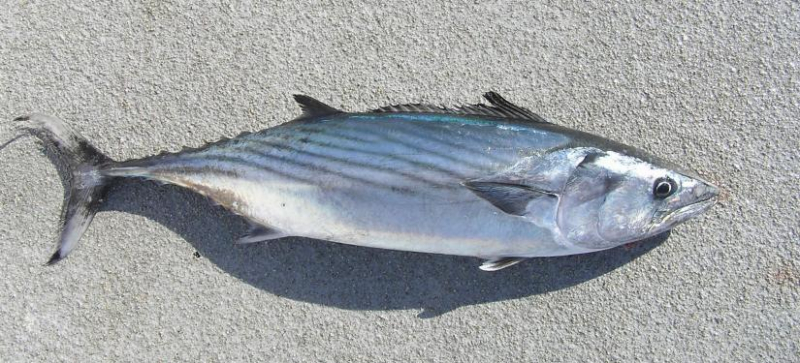
Via: California Sea Grant 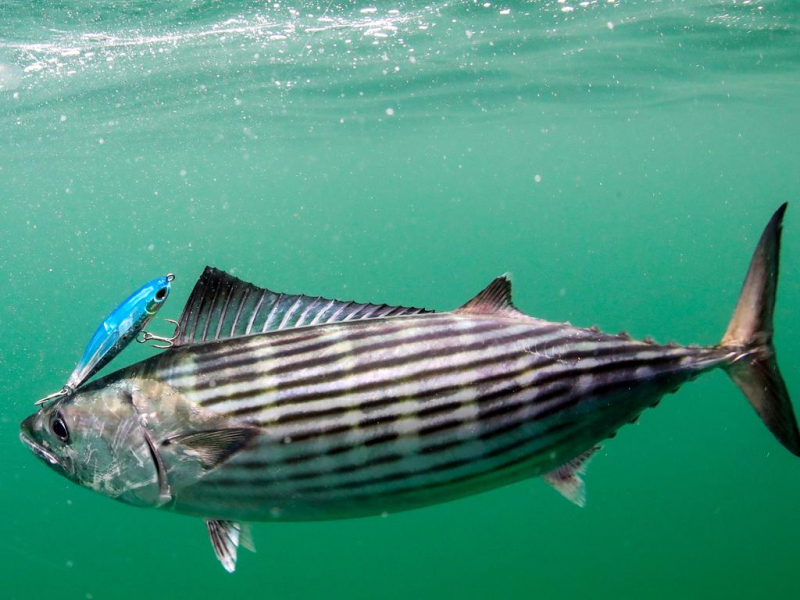
Via: Daily Telegraph -
Another swift, strong, warm-blooded fish that is wonderful for food and at risk of extinction is the Mako Shark. This shark, which is related to the great white but a little smaller, comes in two species and ranges in size from 8.2 to 15 feet long and up to 1400 pounds. The torpedo-shaped makos of both mako shark species have a brilliant blue top and a white bottom. The longfin derives its name from having larger eyes and longer pectoral fins than the shortfin. Both have a mouthful of pointed, disorganized-looking teeth.
While the longfin mako favors the Gulf Stream's warmer waters, the shortfin mako shark can be found all over the world in both temperate and tropical seas. Both can be found offshore, swimming at the surface or to depths of around 490 feet. It can swim as fast as 40 miles per hour.
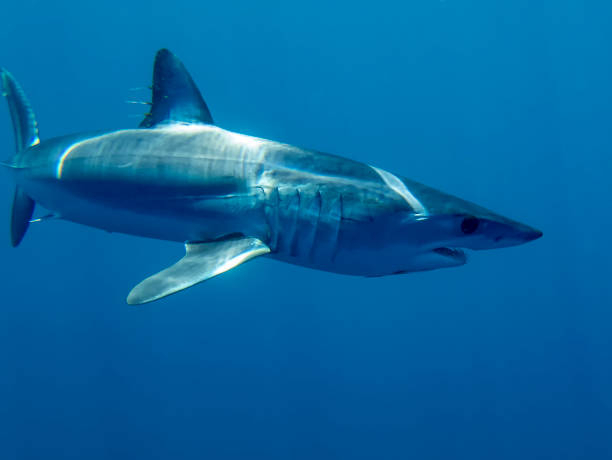
Via: iStock 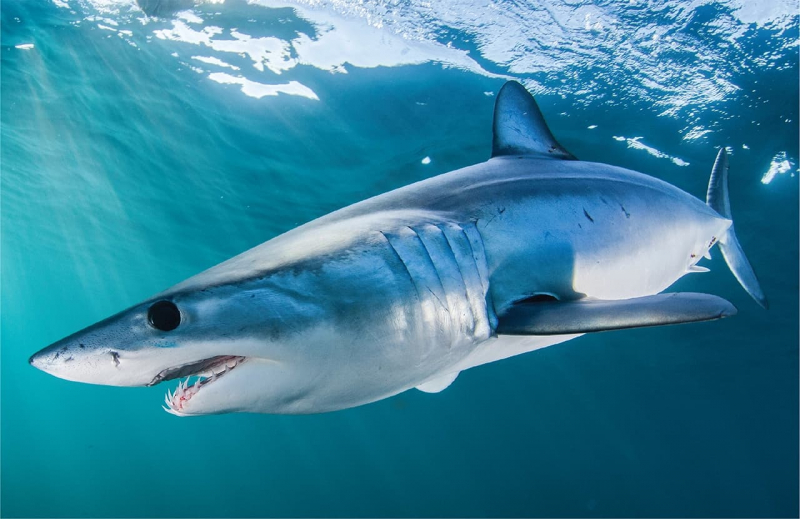
Via: Science -
Although they don't actually fly, Flying Fish can reach speeds of up to 35 miles per hour as they leap out of the water. They may leap so far that they touch the decks of boats. About 23 different species of flying fish exist. They feature a fast-moving torpedo-shaped body, pectoral fins on the sides, and pelvic fins, as well as dorsal and anal fins located further back on the body. The fish can glide barely above the water's surface because of its huge pectoral fins.
They can be discovered in the Atlantic Ocean from Maine all the way south to the Gulf of Mexico, the Caribbean, and Argentina. From southern California all the way down to Peru, they are also present in the Pacific. Billfishes like marlins and dolphins frequently eat flying fish.
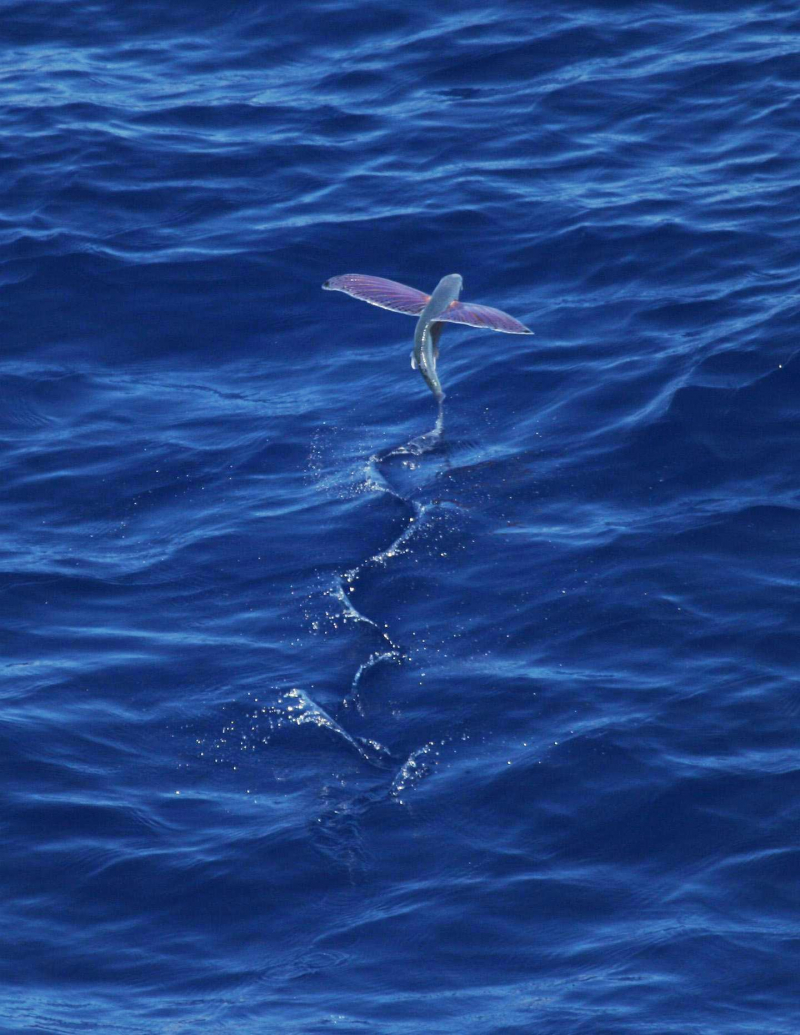
Via: Wikipedia 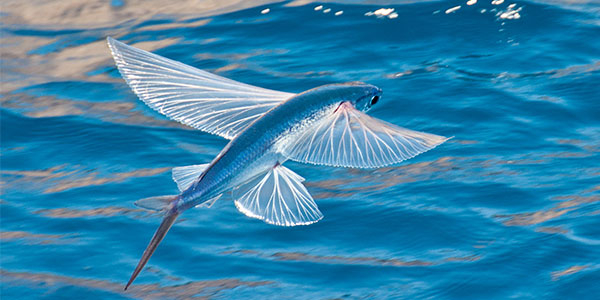
Via: National Wildlife Federation -
Killer Whale, also known as the orca, has a sleek black and white livery and has been recorded to leap out of the water at a speed of 32 miles per hour. Male orcas are larger and more robust than females, and they can grow to be 31 feet long. Males can also be identified in the water by their tall, upright dorsal fins, while females have fins that gradually curve. Unmistakable is the physical coloring, which is black and white.
The killer whale has a broad, rounded head and a big mouth with sharp teeth. It possesses enormous, paddle-like flippers that are proportionately sized to the rest of its body. The killer whale can go into rivers in the wild but prefers the cooler waters just off the coast. From the Arctic Ocean to the Caribbean and the Gulf of Mexico, it is present. Around the equator, in the Pacific Ocean, are other communities. Killer whales can be seen at the Miami Seaquarium, the Port of Nagoya Public Aquarium, and Seaworld Orlando.
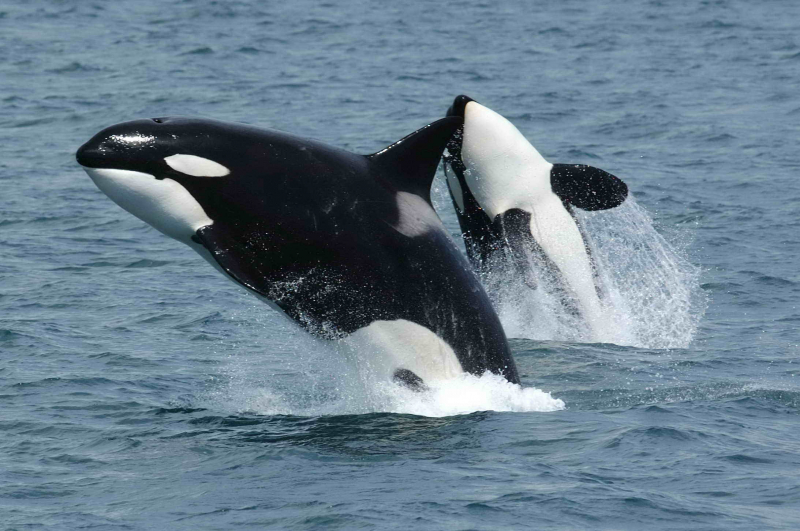
Via: Wikipedia 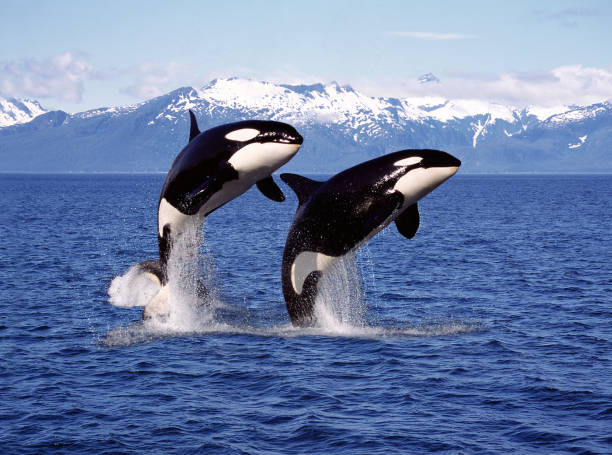
Via: iStock












